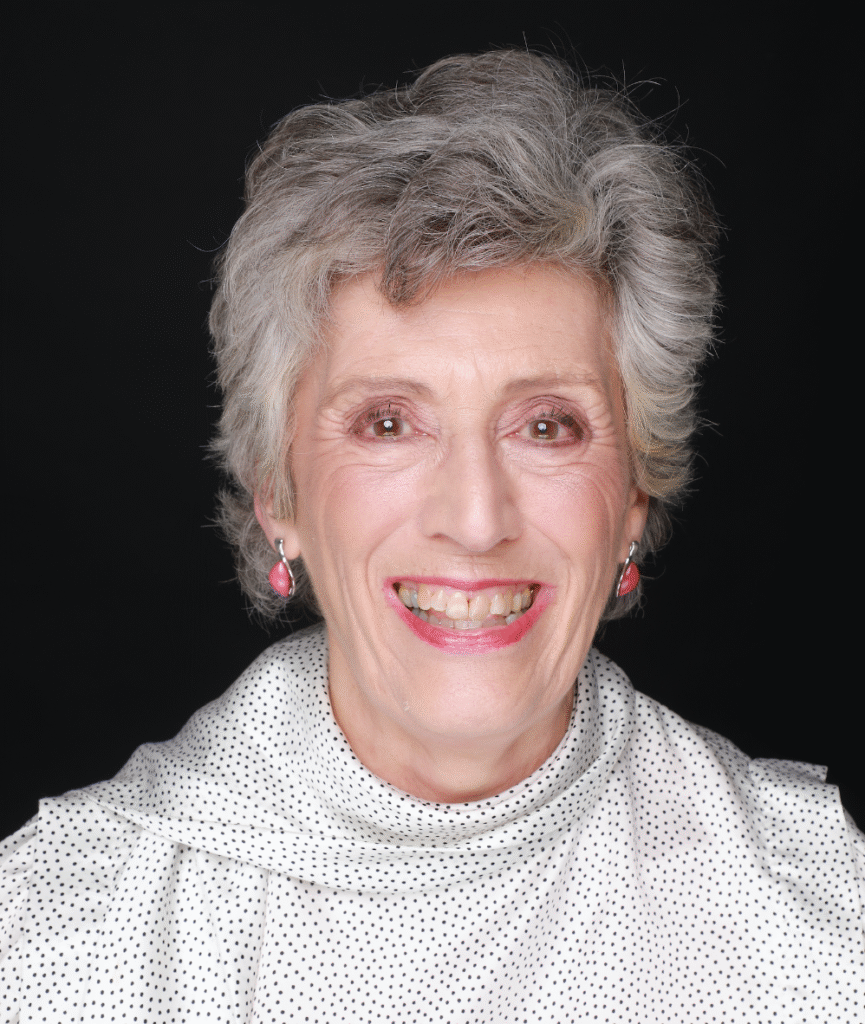
By Julia Jaeger
President, International Association of Women Police
As president of the International Association of Women Police (IAWP), I am asked daily why such associations exist.
The answer is that women in societies across the world continue to be viewed as second class citizens, and the police are viewed as the enemy. When you put these two things together, women find themselves at the bottom of the pile.
Associations such as the IAWP are essential because we address systemic gaps, we foster equity, and strengthen the profession as a whole, celebrating the skills women bring.
This isn’t about challenging or undermining men. There’s room for us all and we are stronger together. Women, like men, in policing are facing disproportionate workloads.
Policing is currently underfunded and understaffed. This means everyone is working harder and longer, carrying more risk and fast heading for burnout, if not already there.
The public see this and little appeals to potential new recruits – the perfect storm to keep numbers low and workloads high.
When we layer this against some of the key elements of Maslow’s hierarchy of needs, we start to see the challenge.
Maslow describes the core ingredients to a positive working environment as safety, belonging and esteem.
The high workloads mean our officers are carrying significant risk, they are disproportionately targeted for abuse, and some even face chauvinistic or even misogynistic comments from colleagues at work – all robbing the women of a sense of safety, belonging and esteem.
Then there are the protests and public order incidents. Weekly leave is cancelled, often at short notice, officers are abstracted and new workloads are added.
An extra day at work means rearranging home life which stubbornly falls disproportionately to the women to organise.
Then at the protests, women are disproportionately targeted. The abuse is personal, sexualised and humiliating. Then, those same women are required to wear uniforms designed for men.
Stab vests press on chests so hard the woman struggles to breathe, the trousers cut and blister genitals, and you have to choose whether you would like them to fit your hips or your waist, as it appears you can’t have both.
In a recent survey for the Police Federation of England and Wales, most respondents (56 per cent) said their overall experience of wearing the uniform was overwhelmingly negative.
Eighty-five per cent of women surveyed felt they had at least one physical condition which, they believe, has been caused or been made worse by wearing their uniform.
Similar problems have also been reported north of the border, in a HM Inspectorate of Constabulary in Scotland (HMICS) report published just last month.
Decades ago, policing started to recognise the need for women. Part-time working and job sharing were introduced to help those with family commitments to see policing as a viable option.
Now the demands are such that even being part-time accumulates overtime and shift changes at short notice, playing havoc with childcare arrangements for parents.
While officers have to comply, the same regulations don’t apply to nurseries and nannies.
So, what’s the answer? There are no quick fixes, but IAWP can make real change by working together to strengthen, unite and raise the capacity of women.
We can be allies, lending our voices to support one another – because if we don’t stand up for others, one day there will be no one left to stand up for us.
